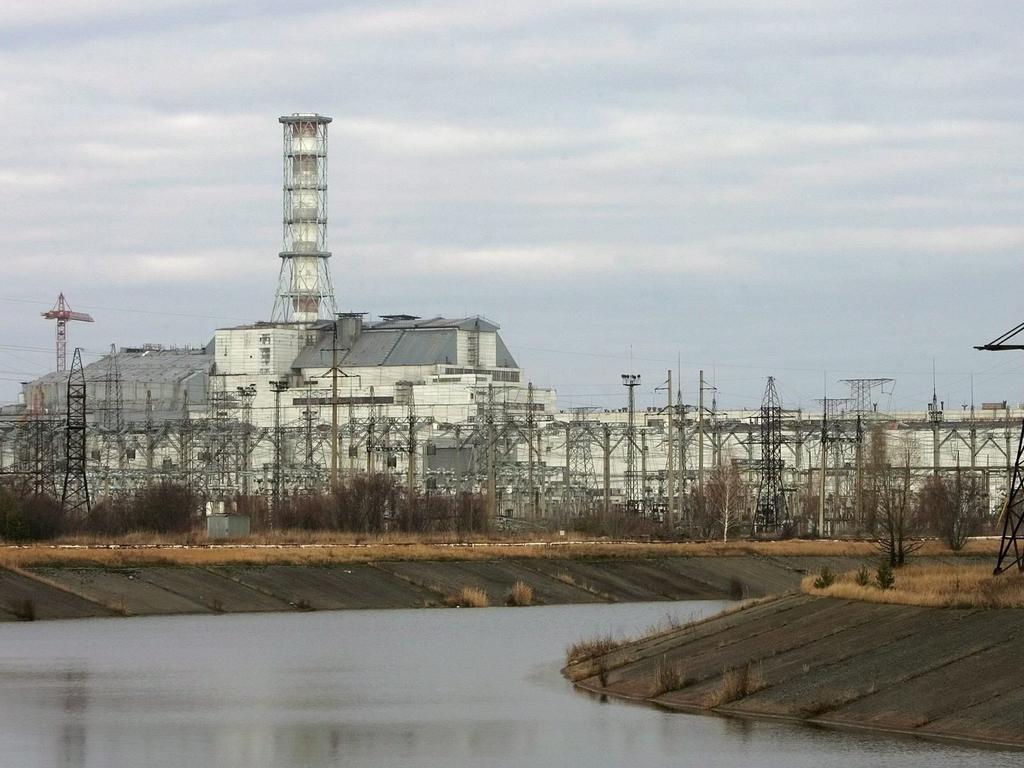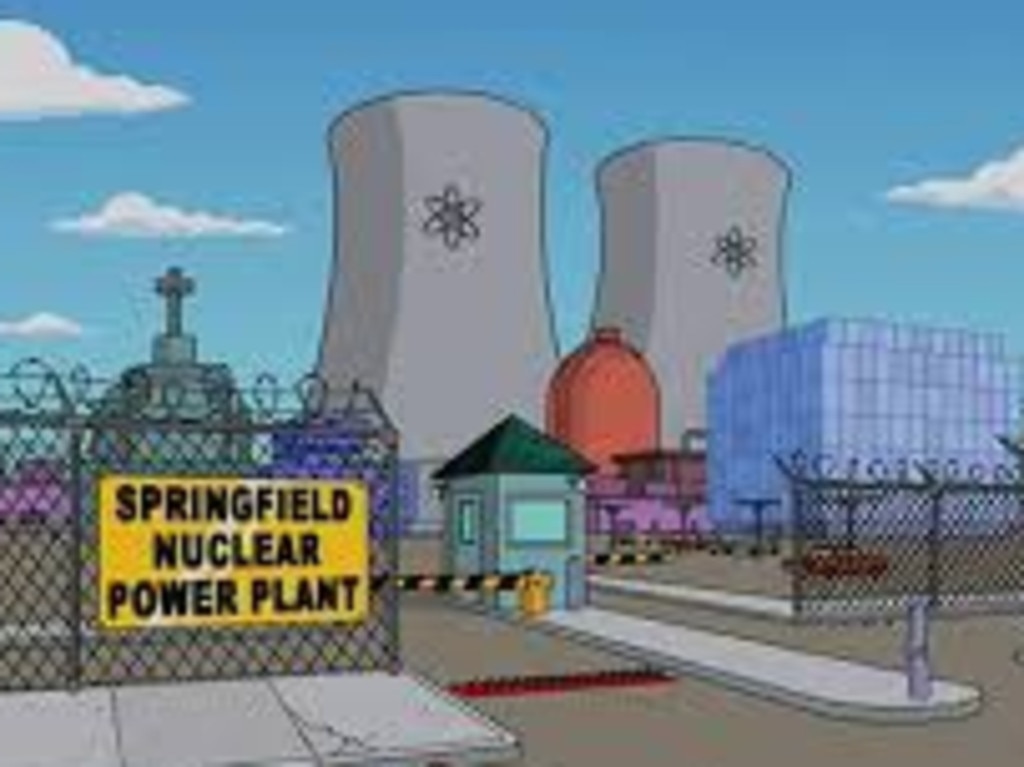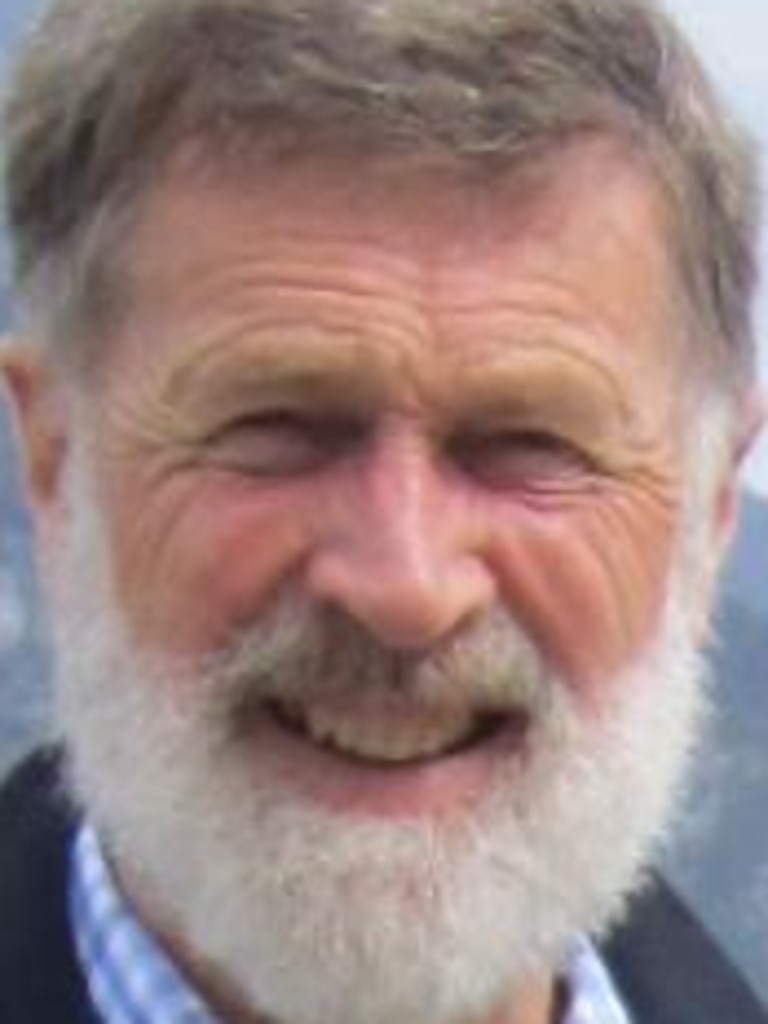Mission Zero: What nuclear energy means for Australia
One of Australia’s leading experts on nuclear power has explained how it works and what is stopping it from becoming a dominant power source.
Prime Minister Scott Morrison said in September the acquisition of nuclear-powered submarines did not mean Australia would be developing a nuclear power industry. But proponents say nuclear is reliable, safe, and the best option if we want to live in a world with zero emissions and abundant power.
It’s a complex issue, but this five-minute explainer will give you the basics.
WHY SHOULD AUSTRALIA CONSIDER NUCLEAR POWER?
Proponents say nuclear power is reliable, and safer and cheaper than it once was. But because it also produces little in the way of greenhouse gases – the nasties that cause climate change and global warming – it has also been proposed as a solution for countries that need to slash their emissions. Bill Gates and Boris Johnson are among its high-profile champions.
Analysis by Professor Manfred Lenzen from Sydney University found nuclear power has 65 grams of CO2 per kilowatt hour of power, roughly equivalent to wind power. By comparison, coal had 900g of CO2 emissions per kilowatt hour, and gas had 450g.
SO WHAT’S STOPPING IT FROM HAPPENING?
Legislation. Australia has about one third of the world’s uranium, but a 1999 act of federal parliament banned the development of nuclear power here. Critics say this makes Australia an outlier, compared to other countries with high electricity consumption. France gets more than 70 per cent of its electricity from nuclear power, the UK gets 20 per cent and the US gets 19 per cent.
CAN WE JUST OVERTURN THE BAN?
Public opinion is the first hurdle. Surveys of the Australian public have traditionally shown low levels of support for nuclear power, but there are signs this is changing. A Lowy Institute Poll released in May found 47 per cent of Australians were now in favour of revoking the ban – a significant step up from previous years.
The more people understand nuclear power, the less they fear it, and the more they support it, said Dr Joanne Lackenby, president of the Australian Nuclear Association (ANA).
“Most Australians get their information on nuclear power from The Simpsons,” she said. “It’s a fantastic show, but not very accurate when it comes to nuclear technology.”
WAIT. ISN’T NUCLEAR POWER UNSAFE?

According to studies assessed by Our World In Data, nuclear power is far safer than fossil fuel, resulting in 99 per cent fewer deaths overall than coal and oil, and 97.5 per cent fewer deaths than gas.
Of course, two catastrophes loom large in any discussion of nuclear power: the 1986 reactor explosion in Chernobyl, Ukraine, and the 2011 meltdowns at Fukushima, Japan, after the region was hit by an earthquake and tsunami. The World Health Organisation estimates 4000 people have or will die as a result of Chernobyl, while the human death toll from Fukushima stands at just one.
The Chernobyl and Fukushima plants were from “the VCR era” of plant design, Dr Lackenby said.

“What’s being constructed today is a step up from that,” she said, citing new reactors in China, which have been designed to avoid a Fukushima-style calamity through the concept of ‘passive safety’.
“There’s no requirement for anybody to do anything [in the event of an emergency] for three days,” Dr Lackenby said. “In that case you’ve got three days to get hold of diesel generators to get your power up and running again.”
“And what’s planned for the future, small module reactors and other advanced reactors, are a step up again.”
WHAT ARE SMALL MODULE REACTORS?

Smaller in scale, cheaper and quicker to build, easier to fit into our existing grid, and producing less radioactive waste, small module reactors have been proposed as a more palatable form of nuclear power for Australia.
The Australian Nuclear Science and Technology Organisation has suggested small module reactors could be a useful component of Australia’s energy mix if paired with energy-intensive industrial sites like aluminium smelters.
Dr Lackenby said small module reactors also ameliorated concerns about safety.
“When you’ve got a smaller reactor, you’ve got a smaller core, which means you’ve got more opportunity to use the passive safety techniques that the bigger reactors are now using,” she said. “There’s one particular design that’s almost been licensed in the US, where the emergency zone for the reactor, should anything go wrong, is the site boundary. So if you live right next door, you’d be totally fine from a radiation safety perspective.”
WHAT ABOUT NUCLEAR WASTE?
Australia currently has no disposal facility for high-level nuclear waste, the most radioactive stuff which constitutes about 3 per cent of the volume of total waste produced by nuclear power. A site on South Australia’s Eyre Peninsula has been selected as a permanent repository for low-level waste, and temporary storage of intermediate-level waste. But a new solution for the disposal of the high-level stuff would need to be found if Australia was to pursue nuclear power.
There are three possibilities: put the waste on ships and dispose of it in an overseas facility; build a facility here in Australia (Bob Hawke long championed the idea that Australia could become a world leader in the safe storage of high-level waste, given our geological stability); or recycle it.
“When it comes to recycling there’s a lot of work going into how we can recycle all the useful materials,” Dr Lackenby said. “Once [nuclear fuel has] been used it still contains about 95 per cent of its energy, so it’s like buying a beer, having a sip and then chucking the rest away.”
“If we can get the chemistry right for full recycling, we can reduce the lifetime of the waste to the same level as low level waste, and just keep reusing the products.”
This, she said, – was the “ultimate dream” because it “closes the fuel cycle”.
HOW LONG WOULD IT TAKE TO GET NUCLEAR POWER?

Speaking last year about Australia’s energy options, then Chief Scientist Alan Finkel dismissed nuclear power from immediate contention, saying with the time needed for regulation, planning, community consultation and construction, it would realistically not be until the 2040s before Australia could have a nuclear reactor – arguably too late to make a meaningful contribution to reaching any net zero by 2050 goal.
Dr John Harries from the Australian Nuclear Association differed, arguing Dr Finkel’s timeline was “too pessimistic”.
“The United Arab Emirates didn’t have any nuclear in 2009, and now they’ve got an established industry,” he said. “So I think we’re talking 10 years, not 20 years, if we got serious about it. Reactors are being built around the world in six or seven years. We’d need to establish a regulatory regime but we can learn a lot from overseas.”
Naturally replenishing energy sources such as hydro, solar, wind and geothermal power do not emit greenhouse gases – which means they’ll be an essential part of any move towards net zero. Wind and solar power stations are also substantially cheaper than coal, gas and nuclear.
For more on this series go to: www.missionzero2050.com.au
Share your feedback or story: missionzero2050@news.com.au
More Coverage
Originally published as Mission Zero: What nuclear energy means for Australia




